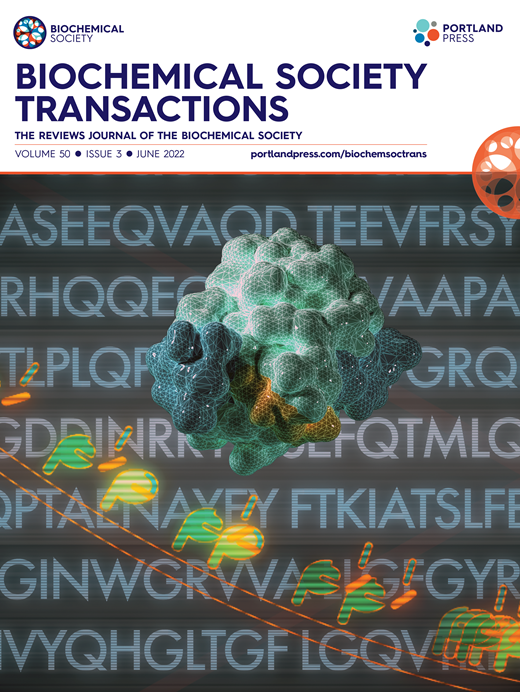View Item
- xmlui.general.dspace_homeCentros e Institutos de InvestigaciónCICVyA. Centro de Investigación en Ciencias Veterinarias y AgronómicasInstituto de BiotecnologíaArtículos científicosxmlui.ArtifactBrowser.ItemViewer.trail
- DSpace Home
- Centros e Institutos de Investigación
- CICVyA. Centro de Investigación en Ciencias Veterinarias y Agronómicas
- Instituto de Biotecnología
- Artículos científicos
- View Item
CRISPR/Cas9 and genetic screens in malaria parasites : small genomes, big impact
Abstract
The ∼30 Mb genomes of the Plasmodium parasites that cause malaria each encode ∼5000 genes, but the functions of the majority remain unknown. This is due to a paucity of functional annotation from sequence homology, which is compounded by low genetic tractability compared with many model organisms. In recent years technical breakthroughs have made forward and reverse genome-scale screens in Plasmodium possible. Furthermore, the adaptation of Clustered
[ver mas...]
The ∼30 Mb genomes of the Plasmodium parasites that cause malaria each encode ∼5000 genes, but the functions of the majority remain unknown. This is due to a paucity of functional annotation from sequence homology, which is compounded by low genetic tractability compared with many model organisms. In recent years technical breakthroughs have made forward and reverse genome-scale screens in Plasmodium possible. Furthermore, the adaptation of Clustered Regularly Interspaced Short Palindromic Repeats (CRISPR) and CRISPR-Associated protein 9 (CRISPR/Cas9) technology has dramatically improved gene editing efficiency at the single gene level. Here, we review the arrival of genetic screens in malaria parasites to analyse parasite gene function at a genome-scale and their impact on understanding parasite biology. CRISPR/Cas9 screens, which have revolutionised human and model organism research, have not yet been implemented in malaria parasites due to the need for more complex CRISPR/Cas9 gene targeting vector libraries. We therefore introduce the reader to CRISPR-based screens in the related apicomplexan Toxoplasma gondii and discuss how these approaches could be adapted to develop CRISPR/Cas9 based genome-scale genetic screens in malaria parasites. Moreover, since more than half of Plasmodium genes are required for normal asexual blood-stage reproduction, and cannot be targeted using knockout methods, we discuss how CRISPR/Cas9 could be used to scale up conditional gene knockdown approaches to systematically assign function to essential genes.
[Cerrar]

Author
Ishizaki, Takahiro;
Hernandez, Sophia;
Paoletta, Martina;
Sanderson, Theo;
Bushell, Ellen S. C.;
Fuente
Biochemical Society Transactions 50 (3) : 1069-1079 (Junio 2022)
Date
2022-06
Editorial
Portland Press
ISSN
1470-8752
Documentos Relacionados
Formato
pdf
Tipo de documento
artículo
Proyectos
(ver más)
INTA/2019-PD-E5-I105-001/2019-PD-E5-I105-001/AR./Patógenos animales: su interacción con el hospedador y el medio ambiente. Impacto en productividad, ecosistemas, sanidad animal y salud pública en el marco “Una Salud”
Palabras Claves
Derechos de acceso
Abierto
 Excepto donde se diga explicitamente, este item se publica bajo la siguiente descripción: Creative Commons Attribution-NonCommercial-ShareAlike 2.5 Unported (CC BY-NC-SA 2.5)
Excepto donde se diga explicitamente, este item se publica bajo la siguiente descripción: Creative Commons Attribution-NonCommercial-ShareAlike 2.5 Unported (CC BY-NC-SA 2.5)


